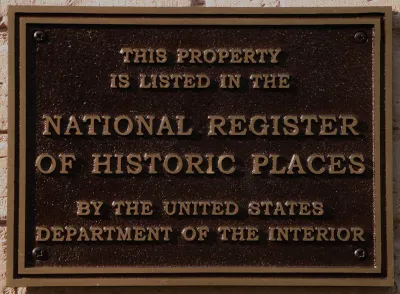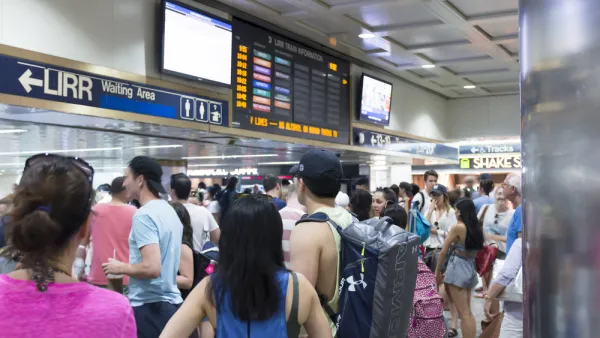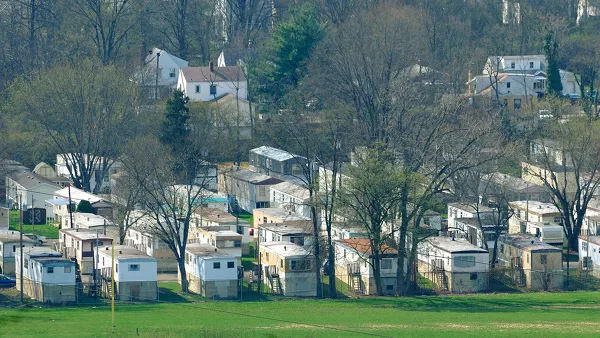The network of historic sites honors important events in the nation's history but overlooks places related to women and minorities.

The National Register of Historic Places recognizes buildings and locations across the United States that are "worthy of preservation," yet, in a country built on successive waves of immigration, the Register overwhelmingly acknowledges white history. With less than 8% of sites dedicated to people or events associated with women, African Americans, or other minorities, it's time to reevaluate the criteria for listings and use this resource to shine a light on all aspects of American history, according to a recent opinion piece by Sara Bronin.
Historic sites are designated based on significance and integrity—both highly subjective criteria that have favored events related to prominent white Americans. Integrity, in particular, can set an excessively high bar for places that haven't enjoyed institutional protection, writes Bronin. Sites significant to minorities have often been intentionally destroyed, displaced, or altered, thus making them ineligible for recognition in the National Register.
This year, the Register finally recognized a series of sites related to the Chicano Moratorium marches that galvanized the Chicano movement in Los Angeles in the early 1970s. Designation doesn't just confer a title. Sites entered into the National Register become eligible for tax credits, legal protection, and other tangible benefits that can protect a site from future development. Loosening requirements for architectural integrity and streamlining the application can lower the barrier to entry for overlooked sites and let more communities take part in the process, according to Bronin.
FULL STORY: Op-Ed: How to fix a National Register of Historic Places that reflects mostly white history

National Parks Layoffs Will Cause Communities to Lose Billions
Thousands of essential park workers were laid off this week, just before the busy spring break season.

Retro-silient?: America’s First “Eco-burb,” The Woodlands Turns 50
A master-planned community north of Houston offers lessons on green infrastructure and resilient design, but falls short of its founder’s lofty affordability and walkability goals.

Delivering for America Plan Will Downgrade Mail Service in at Least 49.5 Percent of Zip Codes
Republican and Democrat lawmakers criticize the plan for its disproportionate negative impact on rural communities.

Test News Post 1
This is a summary

Test News Headline 46
Test for the image on the front page.

Balancing Bombs and Butterflies: How the National Guard Protects a Rare Species
The National Guard at Fort Indiantown Gap uses GIS technology and land management strategies to balance military training with conservation efforts, ensuring the survival of the rare eastern regal fritillary butterfly.
Urban Design for Planners 1: Software Tools
This six-course series explores essential urban design concepts using open source software and equips planners with the tools they need to participate fully in the urban design process.
Planning for Universal Design
Learn the tools for implementing Universal Design in planning regulations.
EMC Planning Group, Inc.
Planetizen
Planetizen
Mpact (formerly Rail~Volution)
Great Falls Development Authority, Inc.
HUDs Office of Policy Development and Research
NYU Wagner Graduate School of Public Service





























